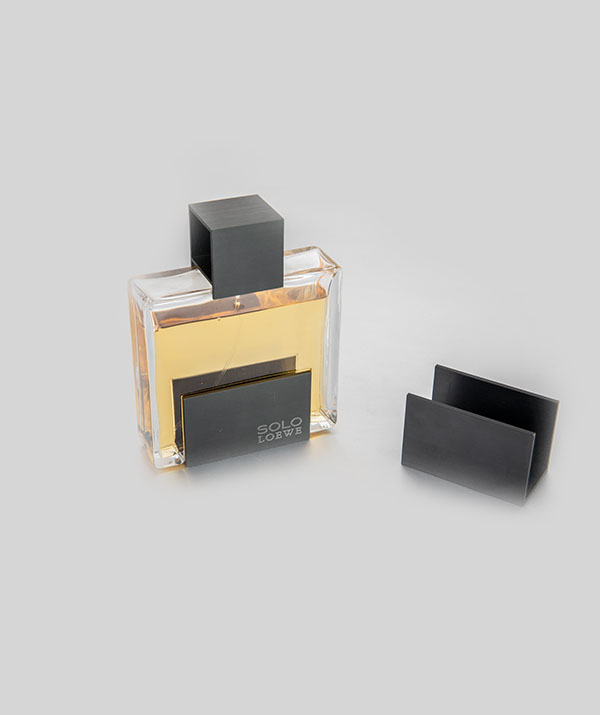The appearance of a metal label can vary, depending on the material and the style of the design. A metal label can be ornate or industrial. It can also be curved, making it ideal for delicate items. Thin metal labels are also available and have been used for years to label industrial parts, footwear, and automotive parts. Because metal labels can be almost any size, thickness, or finish, you can design them to meet your needs.
The first step in manufacturing a metal label is to choose the shape. While most labels are rectangular in shape with rounded or square corners, modern die-cutting technology can produce any shape or pattern. More complex die-cut patterns will increase the cost of the label. Next, you'll want to add the text or logo.
You can also request a metal label with slots or holes, or have it sewn on. A die-struck 0.5'' x 1.5'' die-struck identification tag with gold plating is a good example of how metal nameplates can be used to identify a product. To make these labels more attractive, you can even request a set of screws and nuts to attach them to the product.
The durability of a metal tag is one of the major reasons to choose it for your business. These tags can be used to identify machinery and equipment, and they're highly resistant to chemicals and other contaminants. Unlike plastic or paper tags, metal tags can last for decades without requiring frequent maintenance. They're also durable, which makes them ideal for vehicles that experience hot or cold temperatures.
In general, a metal label can be used in a wide range of applications, from household appliances to communication devices. These labels can be attached to a mobile phone, TV, VCR, washing machine, and many other devices, and they are also useful for identifying trade marks. For example, a nickel metal label may be produced by electroforming a Seiko plate.


 English
English 简体中文
简体中文







